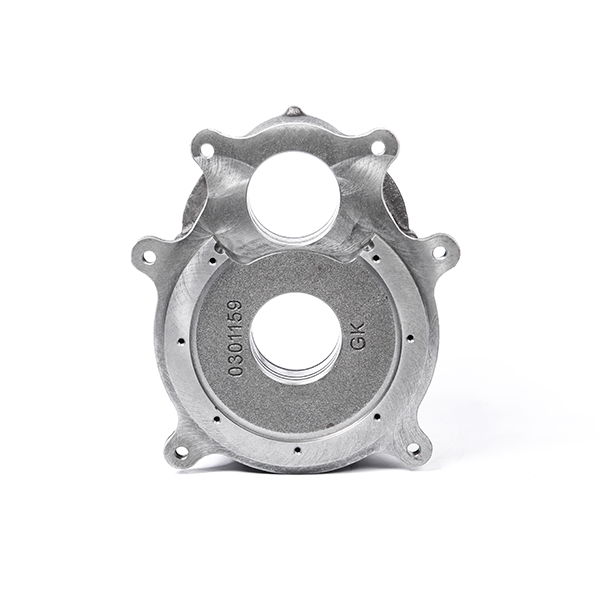Mobile:+86-311-808-126-83
Email:info@ydcastings.com
lower engine oil pan
Understanding the Lower Engine Oil Pan
The lower engine oil pan is a critical component of an automobile's engine system. It plays an essential role in maintaining the engine's overall health and performance. This article will explore the function, construction, maintenance, and potential problems associated with the lower engine oil pan.
Function of the Lower Engine Oil Pan
The primary function of the lower engine oil pan is to serve as a reservoir for engine oil. It collects and stores oil that circulates through the engine, ensuring that all moving parts are lubricated adequately. Proper lubrication is vital as it reduces friction, prevents wear and tear, and helps maintain optimal engine temperature. The oil pan is also designed to allow oil to be drawn back into the oil pump, which facilitates the continuous oil circulation process.
In addition to its storage capability, the oil pan is engineered to provide protection against debris and contaminants. It acts as a barrier, preventing larger particles from entering the engine and causing potential damage. Furthermore, many oil pans are equipped with a drain plug, allowing for easy oil changes.
Construction of the Lower Engine Oil Pan
Typically made of steel or aluminum, the lower engine oil pan is designed to withstand high temperatures and pressures. Steel pans are often more durable, while aluminum pans offer benefits such as weight reduction and improved heat dissipation. The oil pan’s shape and size can vary depending on the vehicle's design and the engine's configuration, but it generally features a wide base and a shallow depth to ensure ample oil storage.
lower engine oil pan

Additionally, many oil pans are fitted with baffles that help manage oil movement, especially during cornering or acceleration. This design feature ensures that the oil remains evenly distributed and reachable by the oil pump, minimizing the risk of oil starvation.
Maintenance and Potential Problems
Maintaining the lower engine oil pan is crucial for the longevity of a vehicle. Regular oil changes help prevent the buildup of sludge and contaminants, which can impair engine performance. Drivers should periodically check for leaks around the oil pan, as any signs of oil pooling underneath the vehicle indicate a potential problem.
Worn gaskets connecting the oil pan to the engine can lead to leaks, which can compromise the engine's lubrication and lead to severe damage if not addressed. Additionally, physical damage to the oil pan from road debris or collisions can also result in leaks and should be repaired promptly.
Conclusion
The lower engine oil pan is a vital component that contributes significantly to the engine's performance and longevity. Understanding its function, maintaining it properly, and being aware of potential problems can help ensure your vehicle runs smoothly. Regular maintenance and inspections can save drivers from costly repairs and ensure a reliable driving experience. Keeping an eye on this often-overlooked part of the vehicle can make a tremendous difference in overall engine health.
-
Understanding Metal Casting TechniquesNewsApr.02,2025
-
Understanding Exhaust Manifolds for Enhanced Engine PerformanceNewsApr.02,2025
-
The World of Metal FabricationNewsApr.02,2025
-
Key Components for Pump and Turbo EfficiencyNewsApr.02,2025
-
Essential Tools for Automotive Maintenance and RepairNewsApr.02,2025
-
Durable Valve Components for Effective Water ManagementNewsApr.02,2025











